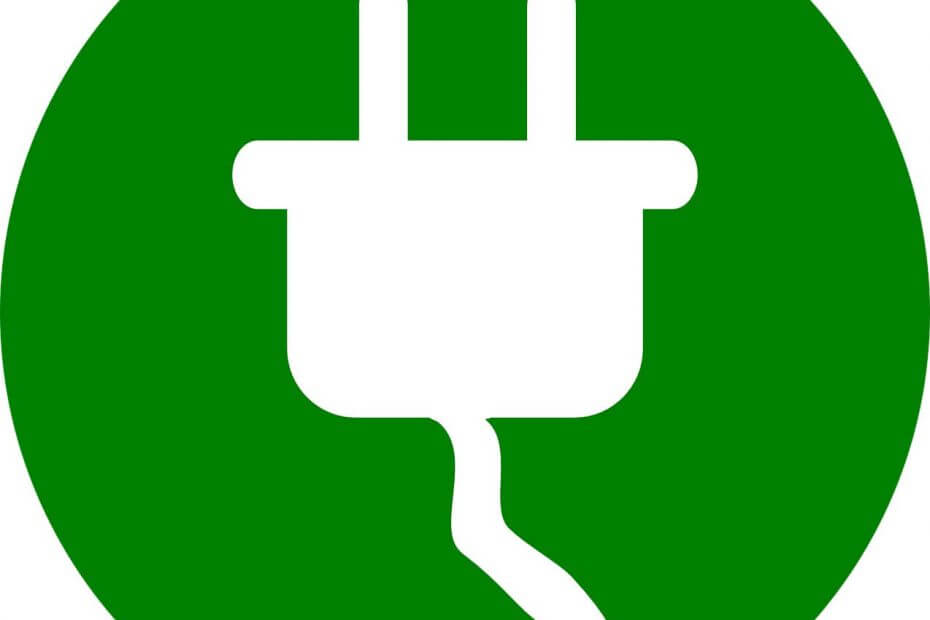
- #Difference between sleep and hibernate windows 10 windows 8.1
- #Difference between sleep and hibernate windows 10 Pc
If you don’t feel like saving all your work but you need to go away for a while, hibernation is your best option.Įvery once in a while it’s wise to completely shutdown your computer to keep it fresh. In situations where you just need to quickly take a break, sleep (or hybrid sleep) is your way to go. Tap or select Shut down or sign out and choose Hibernate.When to shut down, sleep, or hibernate your laptop?

Move your mouse to the lower left-hand corner of the screen and right-click Start or press Windows logo key + X on your keyboard. Next to When I press the power button, select Sleep, and then select Save changes. If you’re using a desktop, tablet, or laptop, select Choose what the power buttons do. Open power options-swipe in from the edge of the screen, tap Search (or if you're using a mouse, point to the upper-right corner of the screen, move the mouse pointer down, and then select Search), type Power options in the search box, and then tap or select Power options.

Tap or select Shut down or sign out and choose Shut down.
#Difference between sleep and hibernate windows 10 windows 8.1
To shut down Windows 8.1 or Windows RT 8.1, move your mouse to the lower left-hand corner of the screen and right-click Start or press the Windows logo key + X on your keyboard. Under Shutdown settings, select the Hibernate checkbox (if it's available), and then select Save changes. Select Choose what the power button does, and then select Change settings that are currently unavailable. Next to When I close the lid, select Sleep, and then select Save changes. If you’re using only a laptop, select Choose what closing the lid does. If you’re using a desktop, tablet, or laptop, select Choose what the power buttons does. Open power options-select Start, then select Settings > System > Power & sleep > Additional power settings. Press the Windows logo key + X on your keyboard, and then select Shut down or sign out > Hibernate.

Select Start, and then select Power > Hibernate.
#Difference between sleep and hibernate windows 10 Pc
Now you’ll be able to hibernate your PC in a few different ways: In the Shutdown settings section, select Hibernate. First check to see if this option is available on your PC and if it is, turn it on. Use hibernation when you know that you won't use your laptop or tablet for an extended period and won't have an opportunity to charge the battery during that time. (For example, PCs with InstantGo don't have the hibernate option.) Hibernate uses less power than sleep and when you start up the PC again, you’re back to where you left off (though not as fast as sleep). This option was designed for laptops and might not be available for all PCs. Check the documentation that came with your computer or go to the manufacturer's website. You might be able to wake it by pressing any key on the keyboard, clicking a mouse button, or opening the lid on a laptop. On most PCs, you can resume working by pressing your PC's power button. When you’re ready to make your PC sleep, just press the power button on your desktop, tablet, or laptop, or close your laptop’s lid. Repeat for the Plugged in column, if desired. Repeat for the Plugged in column, if desired.įor a desktop, tablet, or laptop, expand the list for When I press the power button in the On battery column and select Sleep. Select options based on how you want Sleep to work:įor a laptop, expand the list for When I close the lid in the On battery column and select Sleep. Select Change settings that are currently unavailable.

In the Power Options section, select Change what the power buttons do. Select Search on the taskbar, type control panel, and select it from the results. To set your PC so it goes to sleep when you close the lid or press the power button: Use Sleep when you’re going to be away from your PC for just a little while-like when you’re taking a coffee break.įor a lot of PCs (especially laptops and tablets), your PC goes to sleep when you close your lid or press the power button. You don’t have to worry that you'll lose your work because of your battery draining because Windows automatically saves all your work and turns off the PC if the battery is too low. Sleep uses very little power, your PC starts up faster, and you’re instantly back to where you left off. To shut down, select Start and then select Power > Shut down.


 0 kommentar(er)
0 kommentar(er)
